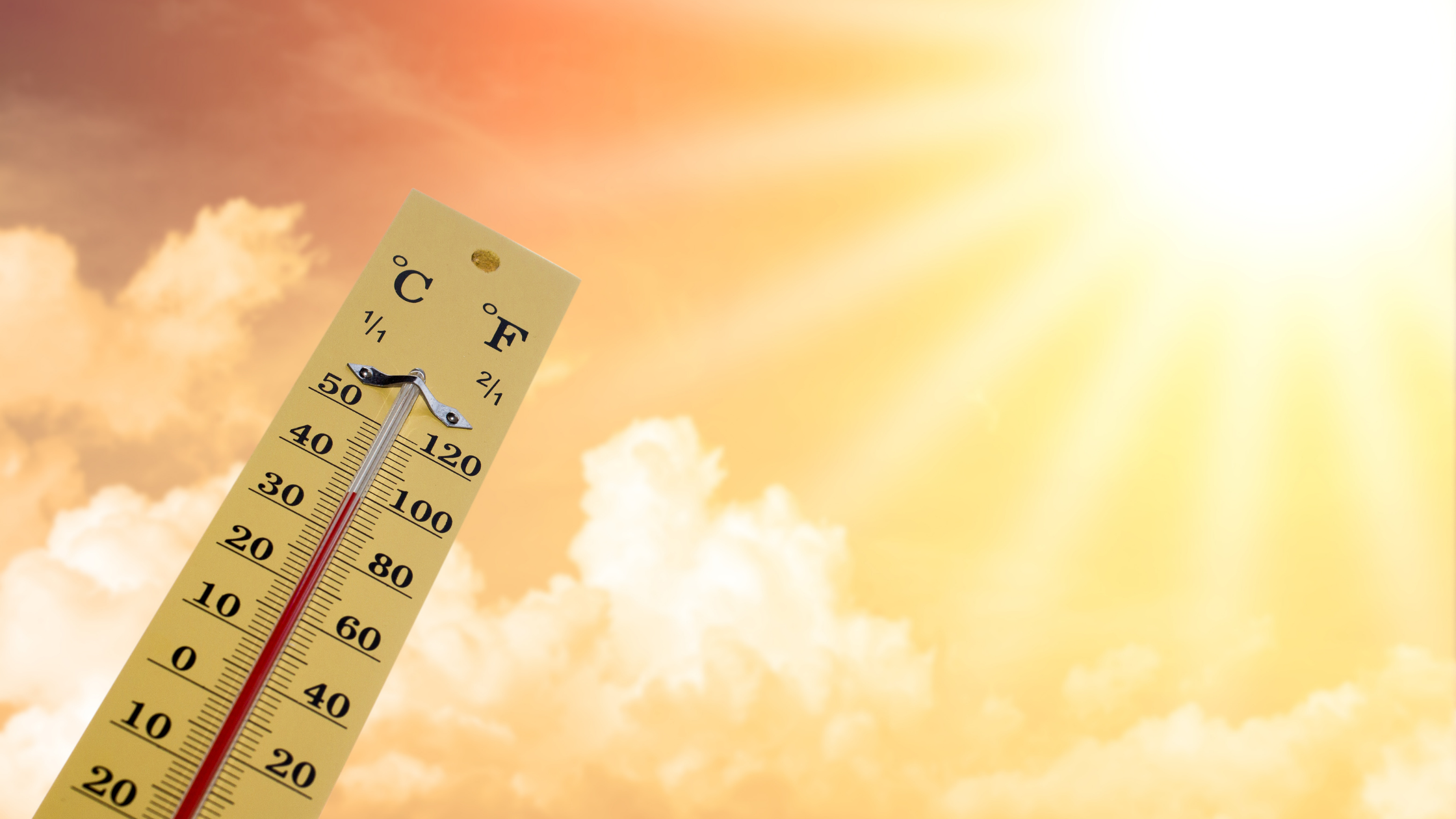As summer heats up, your lawn may face the challenge of enduring scorching temperatures and intense sunlight. A heat wave can be particularly harsh, putting stress on your grass and potentially causing long-term damage if proper precautions aren't taken. Here are some essential steps to help your lawn survive and thrive during a heat wave.
1. Water Wisely
Watering your lawn correctly is crucial during a heat wave. Early morning between 4 - 8 AM is the best time to water, as it allows the grass to absorb moisture before the sun's heat intensifies.
You’ll want to water deeply and infrequently in normal circumstances to encourage deep root growth. However, additional watering frequency may be necessary when working against evaporation from intense heat. During extreme heat, aim for 2” of water within a week, especially if your lawn is exposed to direct sunlight all day. If you notice your grass wilting during the peak of the heat during the afternoon, a light spritzing can also be done.
For the average in-ground irrigation system, it typically takes 1 hour for 1 zone to put down 0.5” of water. An above-ground sprinkler will typically take half this time. However, keep in mind these are estimates, and both of these approaches will vary by system, layout, and most importantly, water pressure.
For more precise timing, you can use the "catch can" method:
- Place several catch cans or rain gauges evenly spaced in the irrigation zone.
- Run the system for a set amount of time (e.g., 15 minutes).
- Measure the amount of water collected in each can.
- Calculate the average water depth across all cans.
- Use this data to determine how long it takes to reach the desired number of inches during that watering session.
Remember, it is natural for your lawn to go dormant and brown if it continually lacks enough water. The only way to prevent that and keep it green is through proper watering.
2. Mow Higher
Raising your mower's cutting height during a heat wave helps reduce stress on your grass. Taller grass blades provide shade to the soil, reducing water evaporation and keeping the roots cooler. Avoid mowing during the hottest time of the day when the turf is under stress!
If your grass is currently under 4 inches in height, hold off on cutting it until the heat wave has passed. Also, remember to keep your mower blades sharp to ensure a clean cut, which helps the grass recover more quickly.
3. Limit Traffic
During a heat wave, your lawn is already under stress, and excessive foot traffic can further damage the grass through heat tracking. Try to limit activities on your lawn and create designated paths for walking. If you have pets, consider setting up a specific area for them to use to minimize wear on the rest of your lawn.
You’ll also want to minimize the use of lawnmowers, especially if the tires have been heating on a hot surface like your driveway or in the sun.
If you notice tire tracks or footprints, water those areas immediately to avoid permanent damage. For any maintenance tasks you need to perform, try to do them during the cooler parts of the day (dawn or dusk) to reduce stress on the grass.
4. Time Treatments by Temperature
Applying herbicides or liquid fertilizers during high temperatures can be risky if you are not a trained professional. Licensed applicators will apply treatments within product guidelines to avoid unintended herbicide movement (volatilization and drift) and turf burn due to the heat. A technician may also opt to perform an application earlier or later in the day when temperatures are cooler and an herbicide will be more effective translocating throughout the targeted plant.
5. Keep an Eye on the Weather
Stay informed about upcoming weather conditions. If a heat wave is forecasted, take proactive steps to prepare your lawn. Water deeply before the heat sets in and refrain from any unnecessary lawn care activities during the peak of the heat wave.
Taking these precautions can help your lawn withstand the challenges of a heat wave and emerge healthy and resilient. Remember, your lawn is a living organism that requires care and attention, especially during extreme weather conditions. By following these tips, you'll ensure your lawn remains lush and vibrant all summer long!
